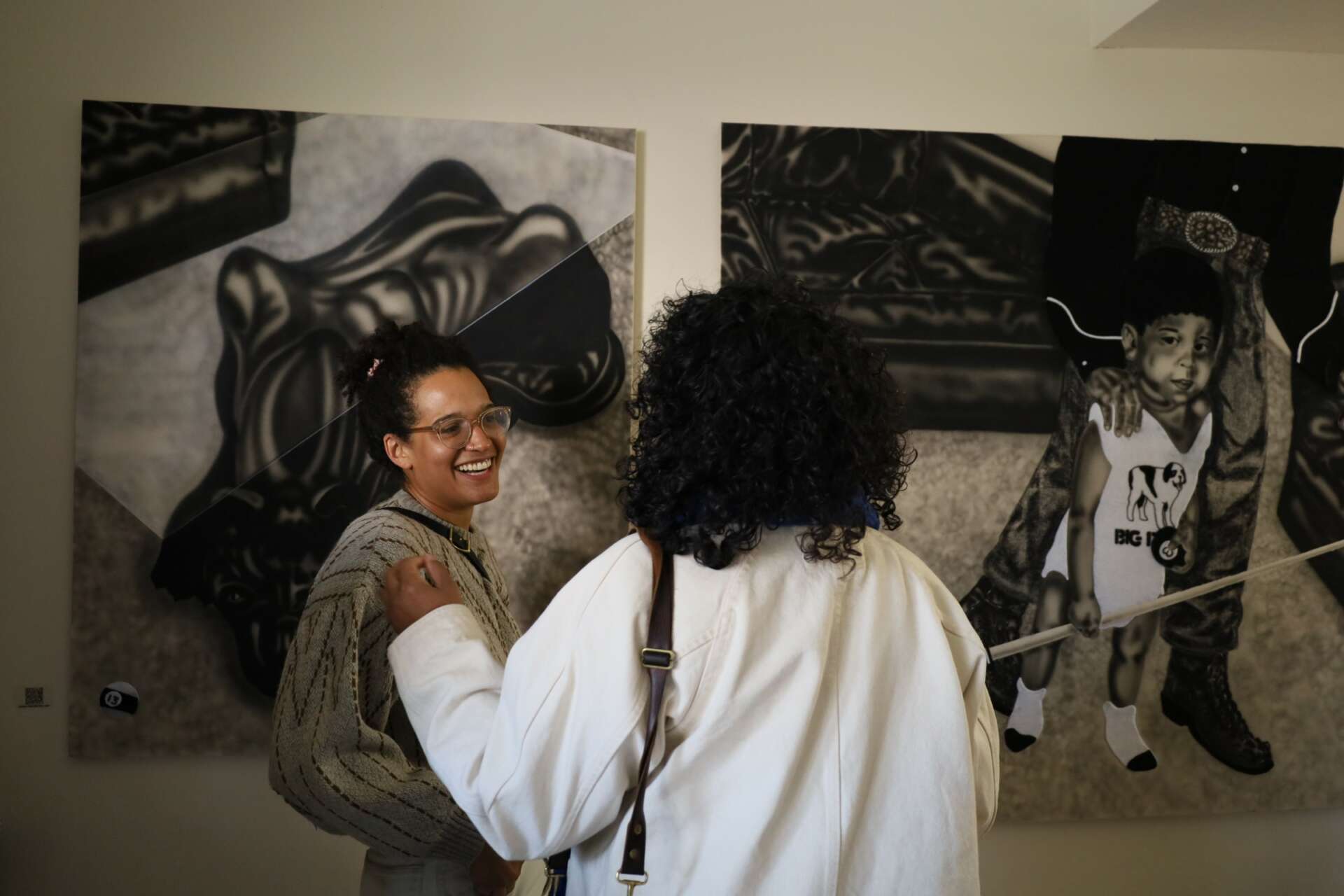We recently connected with Margarita Rosa and have shared our conversation below.
Alright, Margarita thanks for taking the time to share your stories and insights with us today. Coming up with the idea is so exciting, but then comes the hard part – executing. Too often the media ignores the execution part and goes from idea to success, skipping over the nitty, gritty details of executing in the early days. We think that’s a disservice both to the entrepreneurs who built something amazing as well as the public who isn’t getting a realistic picture of what it takes to succeed. So, we’d really appreciate if you could open up about your execution story – how did you go from idea to execution?
The inspiration for Rosa Projects came as I was driving my car to Stanford to meet with my graduate students. I was listening to a Cerebral Women podcast episode between the host Phyllis Hollis and curator Antwaun Sargent. I had listened to similar Cerebral Women episodes, like one with Nicola Vassell, that had left me in utter awe. By the time I reached campus and the Cerebral Women episode was over, I had decided that I should start to work in the arts full-time. It was quite delusional. After all, I was teaching and lecturing at Ivy League campuses and had never held a formal role in the art world. However, I had been traveling for 50% of the time just to go to art shows in Los Angeles and New York, visit artists, and write about them. The art world was an arena place where I could actualize all the things I wanted to do but didn’t have the space to be in academia: I was entrepreneurial, social, and driven by innovation.


Great, appreciate you sharing that with us. Before we ask you to share more of your insights, can you take a moment to introduce yourself and how you got to where you are today to our readers.
From the beginning, our goal at Rosa Projects was to bring visibility and usher in a new generation of arts patronage for artists of color. Because of what I wanted to achieve, I knew that our audiences had to be art patrons— not just individuals but also institutions, companies, and organizations. Most artists rely on primary market sales to make their living. I wanted to form a company that could source other kinds of deal for artists of color so that they could have high-visibility, high-impact projects to look forward to.


Any insights you can share with us about how you built up your social media presence?
Instagram really was my first portfolio as an art critic. I was doing informal art reviews on my Instagram stories before I ever did art reviews for platforms. That got the attention of a couple of galleries and artists, and so it was a critical tool for my growth. Nowadays, I use social media to reach new audiences and to offer contemporary art education.


How did you put together the initial capital you needed to start your business?
I had to quit my whole life. I sold everything I owned to go into the arts. The only things I kept were my books and a suitcase of clothes. I moved in with my family, which is something I have not done since I left for college at 17. At first, it was daunting—but now it has brought me so much joy, happiness, and redirection. Family, whether blood or chosen, is the cornerstone of resilience when taking a risk. When all else seems uncertain, being loved and cherished allows you to keep building.
Contact Info:
- Website: https://www.rosaprojects.com
- Instagram: https://www.instagram.com/margaritalilarosa/
Image Credits
Photos by Suzette Lee and Jayla Burton, 2023, for Rosa Projects.


